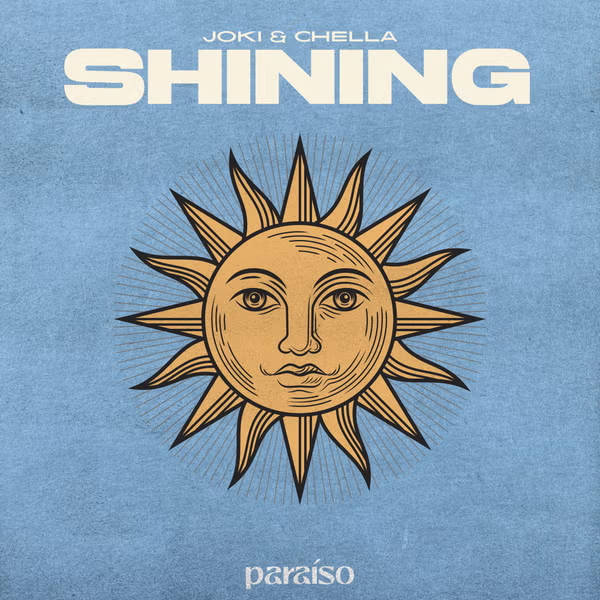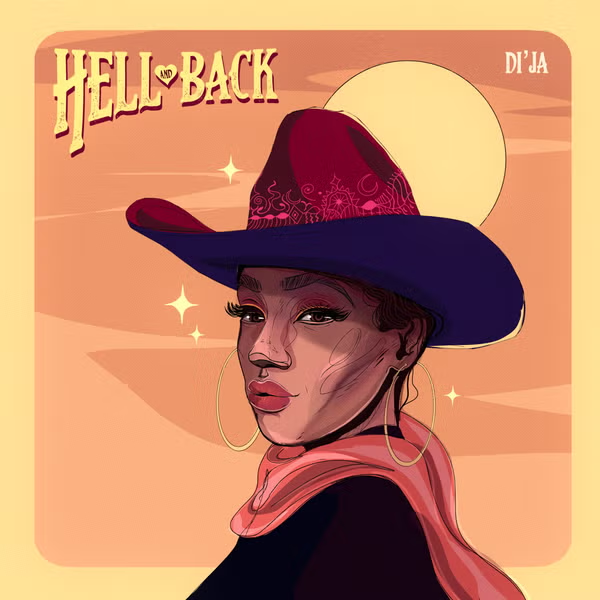North Brother Island is an uninhabited patch of land located smack dab in the middle of the East River between the Bronx and Rikers Island. It is one of the most popular abandoned places in the USA.
It was the site of the infamous Riverside Hospital for quarantinable diseases—the place where Typhoid Mary finally succumbed to her namesake illness in 1938.
She was identified as the first American to carry the typhoid fever. After World War II, up until 1
951, the island was repurposed as housing for veterans and their families.
Later, this place became a rehabilitation center for drug addicts. Now, North Brother Island has a bird sanctuary and is permanently shut for the common people.
But photographer Christopher Payne has been able to spend years documenting the place, as he was granted access to document the island by the New York City Department of Recreation, in 2006.
His haunting photos, taken over a few seasons, illustrate the inevitable decay of architecture in a place devoid of humans. Little is known about North Brother before the mid-19th century, and it seems
to have served no formal use until a lighthouse was erected on the southern portion in 1869.
In the 1880s it began to get more attention, as public-health issues of an exploding population regularly made headlines.
Like other islands in the harbor, it was perfectly suited as a buffer against contagions, and from the 1880s through the 1930s it was used primarily as a quarantine hospital (the infa
mous Typ
hoid Mary was confined there).
After W. W. II it provided a temporary home for veterans and their families, and from the 1950s it was used as a juvenile drug-treatment center until its closure in 1963.
Over the years, new uses have been proposed for the island, but by and large, it has been forgotten. Thanks to a t
hreatened species of shorebird, the black-crowned night heron, North Brother has been designated as conservation land, to protect nesting grounds for the herons, which have unwittingly
helped to preserve the island’s forgotten fragments of New York’s history. Today the island is overseen and maintained by the New York City Parks Department.


























![National Population Commission (NPC) Recruitment 2023 [Apply Now]](https://www1.illuminaija.com/wp-content/uploads/2023/03/Beware-of-Fake-Census-Ad-hoc-Recruitment-Link-350x250.jpeg)






